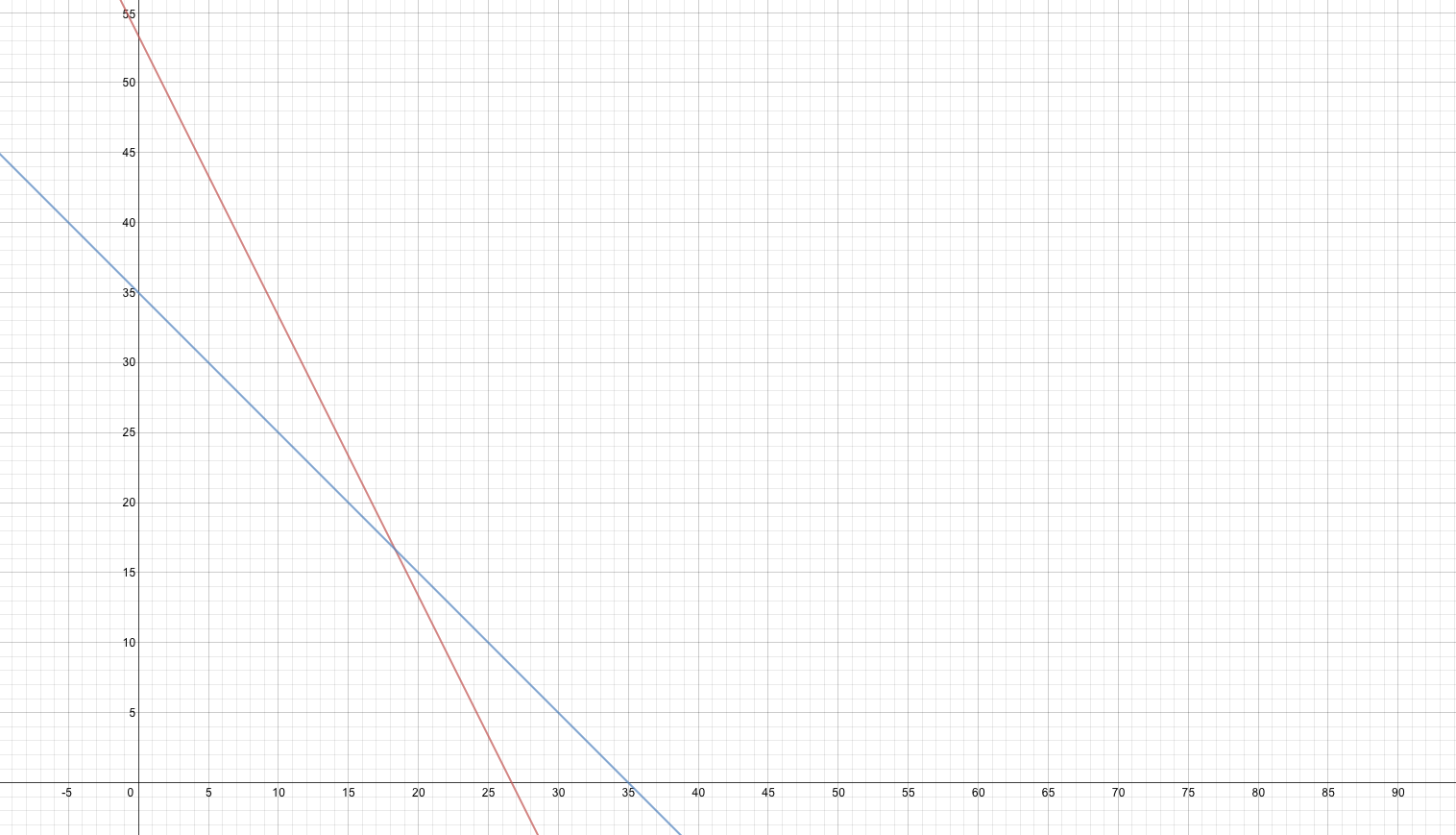Max asks in the comments of the original hierarchy of hexagons post (and, if you are new to this, see also the follow up post)…
In defining Bobs, Stacys, and the like, did you run into situations where your definition admitted shapes the students didn’t actually want. For example, once you defined a Stacey as a hexagon with three congruent acute angles, did you draw some other Stacys and have students blurt out “wait, that’s not a Stacy — that’s not what I meant!” If not, how did you privilege the *definition* over some sense of “I know a Stacy when I see one.” Is it because their definitions were based on some property they liked about one example, rather than trying to say what was the defining quality of some *group* of hexagons?
Yes, yes, yes.
This instructional sequence is all about moving through the van Hiele levels.
An important learning goal for these lessons is for students to separate what it looks like from its mathematical properties. That means we need to talk about this very issue.
Early in the process, a central challenge is identifying precisely the property the student had in mind. This requires a use of language that can be unfamiliar and strange. Does “has a right angle” include rectangles, which have several right angles? Or did you mean “has exactly one right angle”? That sort of work comes first.
Then we look for other shapes that have this property. If those early-discovered shapes violate the spirit of the original intent, the student may object and will be invited to revise. If she wants to add another property, then I will usually suggest that this is a second class of shapes, and that the one she was really after is the combination of these two classes.
So your shape is special because it has all sides the same length AND it has at least one right angle. Let’s do this…let’s call hexagons with all sides the same length equilateral and let’s give a name to hexagons with at least one right angle…Who has a name for us?
A “sally”? Good. From now on, a sally is a hexagon with at least one right angle.
Now this shape is both equilateral and a sally. Let’s give this special category of shape a new name.
Et cetera.
That’s OK on day 1. Our goal on day 1 of the lesson sequence is to have a set of between five and eight named classes of shapes that have interesting interrelationships.
I need to be the judge of when we have enough, and whether they are of sufficiently interesting variety (I have screwed this up before). I reserve the right to add in some properties that I know will be interesting. For example, I make sure concave and equilateral make it into the mix somehow—either by student introduction or by my own.
After day 1, we need to move away from what things look like. We will be operating only on the properties as we have defined them. If we accidentally left ambiguities, we can plug those holes as clarifications. But these definitions cannot otherwise change. It is important to notice that shapes with very different appearances can share important properties.
It is important to notice that mathematical properties of shapes behave differently from the look of a shape.
For example, this semester we defined a class of hexagons this way.
A windmill is a hexagon with three acute angles and three angles greater than 180°.
The iconic windmill is this one.

Much later, as we were in the process of trying to decide whether a windmill can be a utah (a utah is defined as a hexagon with two sets of three parallel sides), we happened upon this most un-windmillish object.

In trying to push the limits of windmill-ness, we started to consider shapes that had the right properties but that looked nothing like the original shape.
Addendum
For what it’s worth, we have produced a proof—which some of us can reproduce and others cannot—that a windmill is never a utah. This proof depends on the Dani principle, which states that when two sides of a polygon are parallel and separated by a single side, then the two angles formed sum to 180°. This happens twice in a utah, which accounts for 4 angles less than 180°, leaving (at most) two possible angles to be greater that 180°, and thus a utah is not a windmill.
It should further be noted that the Dani principle needs amending to admit the possibility of angles that sum to 360° (when one of them is greater than 180°) or 540° (when they are both greater than 180°). And it should be yet further noted that standards for proof are socially negotiated in all areas of mathematics, and that we had become quite confident that these cases would not come up with a utah, thus the weak version of the Dani principle was good enough for our work.
Finally, if you have made it this far, you may be interested in the speculative origins of the hierarchy of hexagons. It has been a long road.
NCTM
I will be presenting the hierarchy of hexagons at NCTM in New Orleans. Friday morning at 8:00 a.m. See you there?













